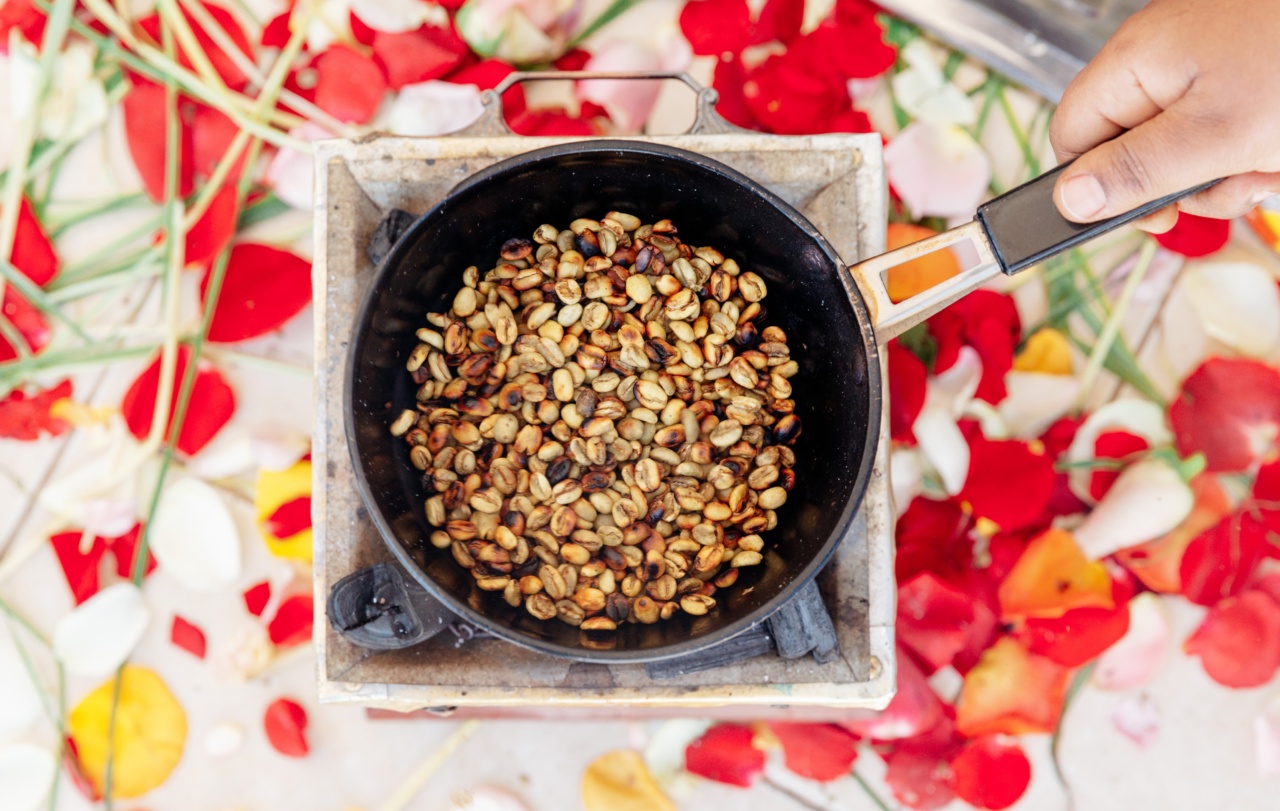Aging is a natural process that everyone goes through. However, as we age, our bodies become more susceptible to diseases and overall deterioration.
This has led researchers to look for ways to combat the aging process, and they may have found a solution in the form of a protein called Klotho.
What is Klotho?
Klotho is a protein that is found in high concentrations in the kidneys, brain, and reproductive organs. It was first discovered in 1997 by scientists at the University of Tokyo who were studying the aging process in mice.
They found that mice who were genetically engineered to produce higher levels of Klotho lived longer than those who did not produce as much. This led researchers to believe that Klotho could have anti-aging properties in humans as well.
How Does Klotho Work?
Klotho is a multifunctional protein that has several important roles in the body. One of these roles is to regulate the levels of vitamin D in the bloodstream.
Vitamin D is important for bone health and immune function, and low levels of vitamin D have been linked to an increased risk of several diseases, including cancer and heart disease.
Klotho also appears to have neuroprotective properties. Studies have found that mice who were engineered to have less Klotho had decreased cognitive function and increased levels of brain inflammation.
Conversely, mice who produced more Klotho had better cognitive function and less inflammation.
In addition to these functions, Klotho has also been shown to have anti-inflammatory and antioxidant properties.
Inflammation and oxidative stress are two key factors that contribute to the aging process, and Klotho may be able to combat them to some degree.
How Can Klotho Be Used to Combat Aging?
Researchers are still exploring the full potential of Klotho, but preliminary studies have shown that it may be able to reverse some of the effects of aging.
One study published in the journal Nature in 2017 found that when older mice were given infusions of Klotho, they showed improvements in cognitive function and muscle strength. Additionally, their organs showed signs of rejuvenation, with improved kidney function and an increase in the number of blood stem cells in their bone marrow.
Another study, published in Science Translational Medicine in 2020, found that Klotho could be used to treat age-related kidney disease in humans.
The researchers found that individuals with higher levels of Klotho in their blood had a decreased risk of developing kidney disease, and that infusions of Klotho helped to improve kidney function in those who already had the disease.
While these studies are promising, more research is needed to fully understand how Klotho works and how it can best be used to combat aging. However, it is clear that this protein has significant potential to help us live longer, healthier lives.
Conclusion
The aging process is something that we all go through, but it doesn’t have to be something that we simply accept as inevitable.
As researchers continue to explore the anti-aging properties of Klotho, we may be able to find ways to reverse some of the effects of aging and live longer, healthier lives. While it may be some time before Klotho is widely available as a treatment, the potential benefits are too great to ignore.































